MODEL MATERIAL
Daniel Itenfisu, a drought modeller with Alberta Agriculture and Forestry’s (AF) AgMet unit, collects data on weather and soil conditions from around the province, which is used to create drought reports and maps that aid farmers.

Daniel Itenfisu, a drought modeller with Alberta Agriculture and Forestry’s (AF) AgMet unit, collects data on weather and soil conditions from around the province, which is used to create drought reports and maps that aid farmers.

The province’s uniquely variable meteorological movements have forced climate scientists to continually beef up their data-gathering, information-interpretation and prediction powers.
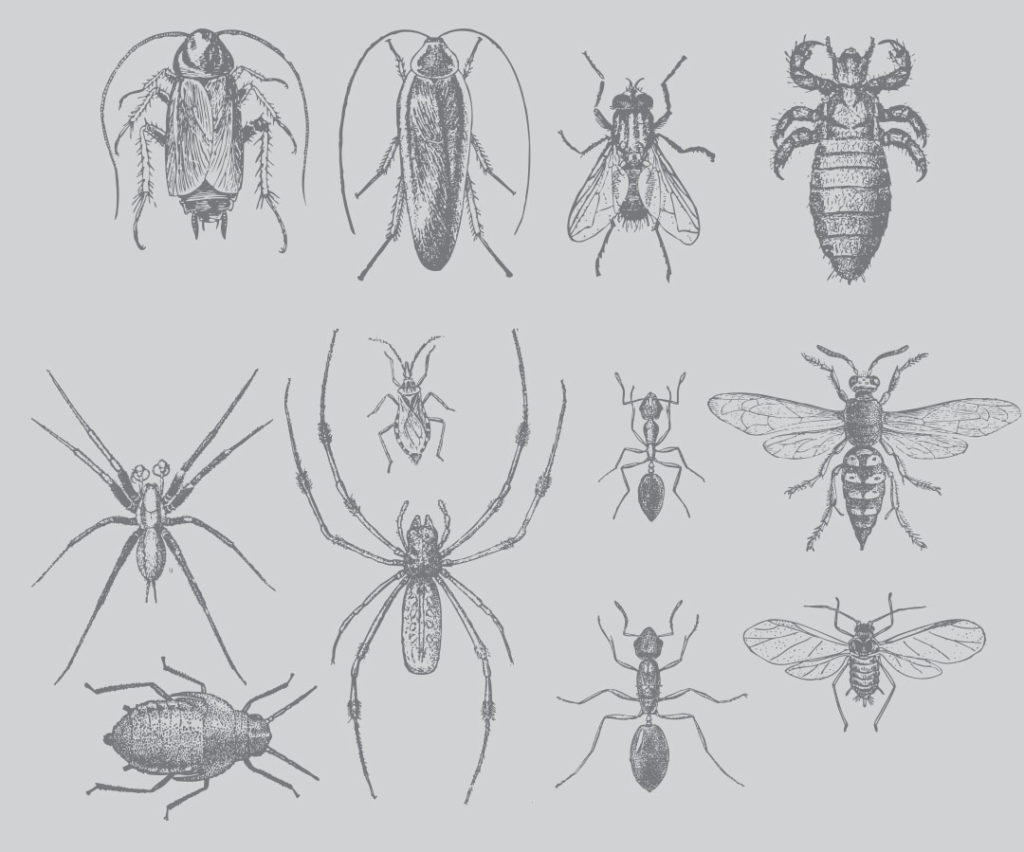
Crop pests are like party crashers: If you can’t get rid of them, at least limit the damage they do. While farmers would be lost without pest control products, they understand the need to regulate their use. But in the drive to review new chemistries and re-evaluate existing ones, some worry that science has taken a back seat. Under the federal authority of the Pest Control Products Act, the Health Canada Pest Management Regulatory Agency (PMRA) is responsible for regulating these products.
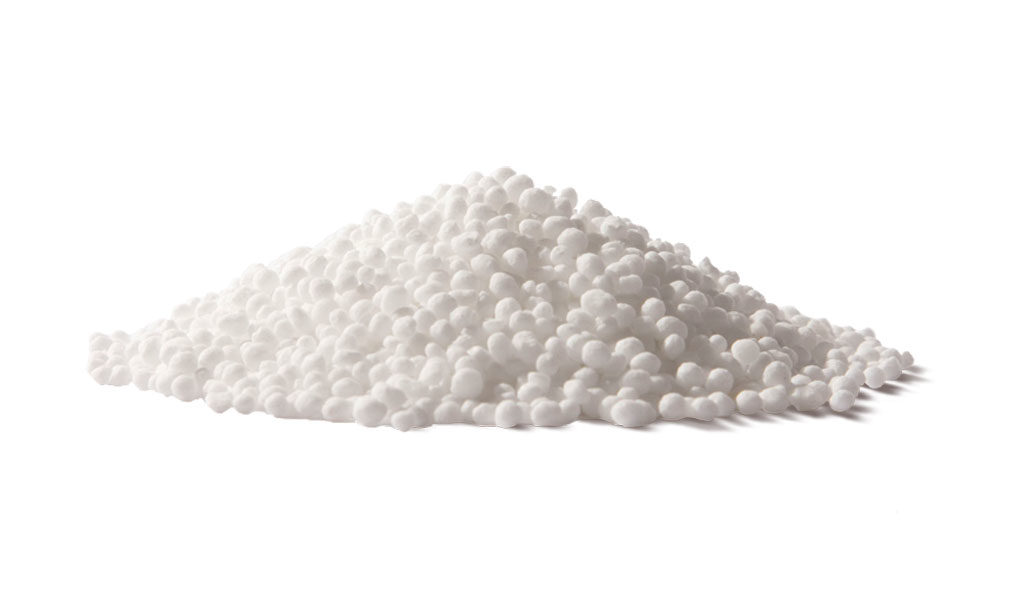
Though nitrogen-stabilizing products are among the newest “old-technology” fertilizers on the market, they are still regarded somewhat cautiously by western Canadian farmers.
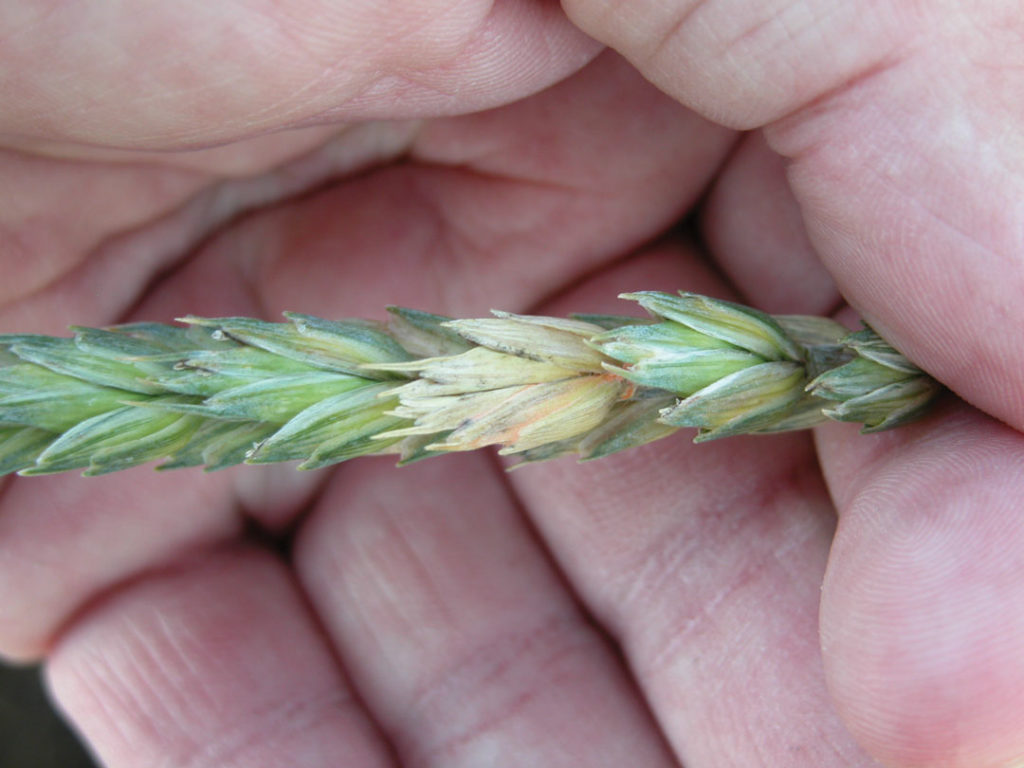
Already established in Manitoba and Saskatchewan, Fusarium head blight is now spreading across Alberta, where tight regulations leave some farmers scrambling to source clean seed. Prevention and rotation are crucial in avoiding losses, and new tools are available to help farmers fight the disease.
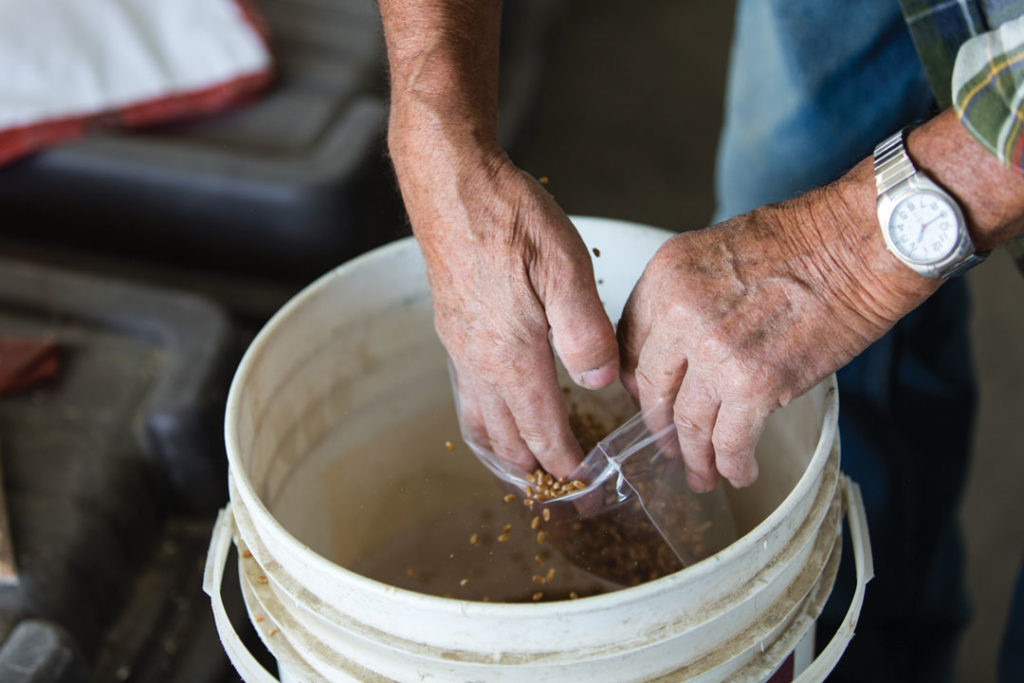
It took many years for Canada to become aligned under UPOV 91, the International Union for the Protection of New Varieties of Plants. The international framework allows nations to build an environment for investment and innovation in the seed business.

With the world closely watching agricultural practices, WEEDit has the potential to demonstrate farmers’ commitment to applying the minimum spray required to maintain the highest productivity.

Soon, we will have the capacity to manage fields and livestock by square metres and animals rather than acres and herds.

There’s no magic wand that can spin lower-quality grain into gold, but you can make the most of a difficult situation by putting in the legwork of taking samples, expanding the network of buyers that you talk to and being open to creative marketing options.
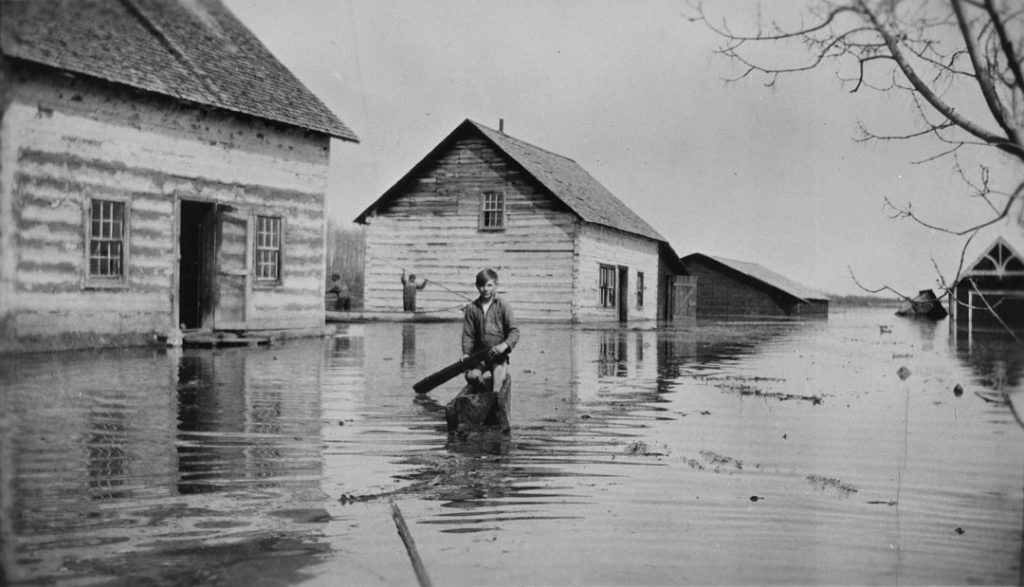
While the very dry 2017/18 growing season was followed by low winter snowfall, diminishing the likelihood of spring flooding, spectacular water woes have hit Alberta farms in the past.